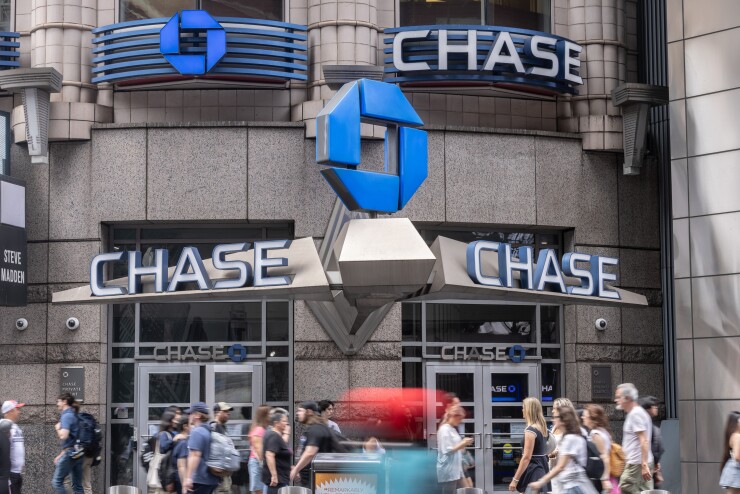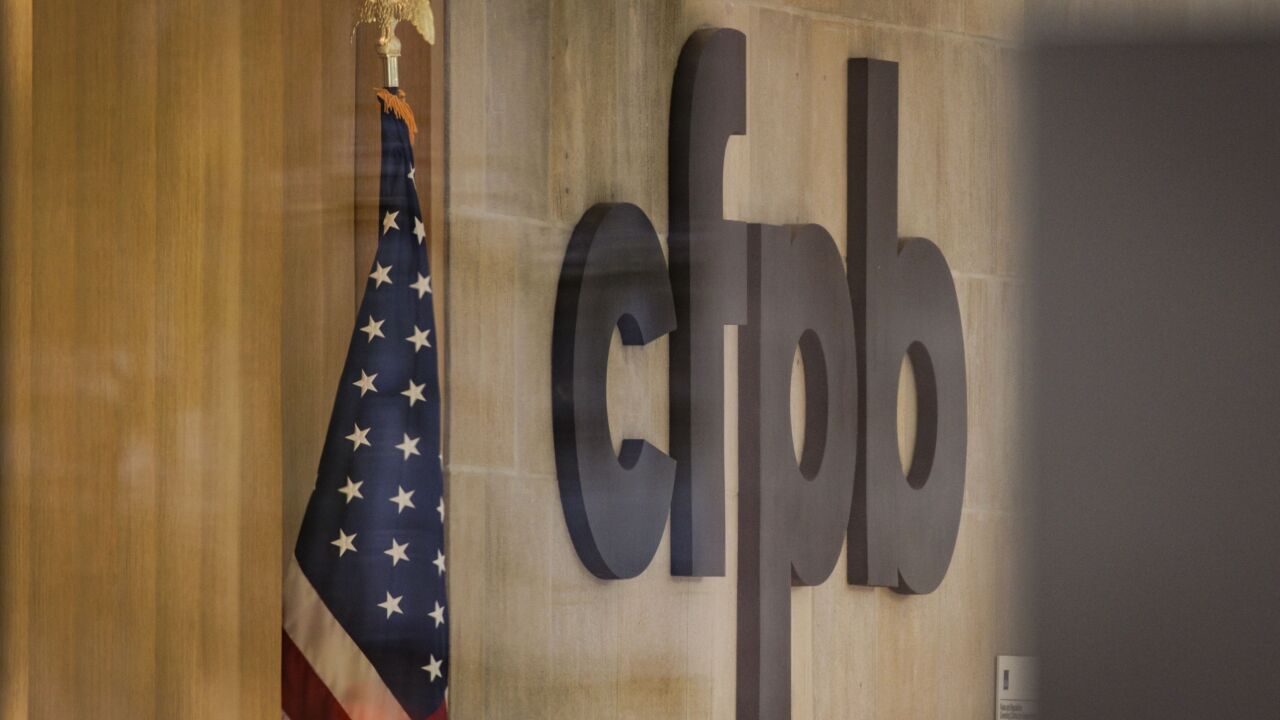
The plan calls for opening 24 new branches across Alabama by 2030, and hiring more than 170 people to staff them. The country's largest bank by assets has grown its Alabama branch count from one to 11 in the last five years.
The "quick" growth in the region has been boosted by Chase's nationwide scale, said Jennifer DiSalvo, who has led the bank's branch expansion in the state for the past three years.
"I can't tell you how many people come in that have moved [from other parts of the country] that are like, 'We've been waiting for you to be here for 10 years,'" DiSalvo said. "We already have such a footprint, as far as customers that have credit cards with us or that banked with us … we've had a great response to being in Alabama from those clients, and word has really spread."
DiSalvo, an Alabama native, said the new locations will be staffed locally, and will complement the bank's technology solutions, which consumers can also tap into.
The bank currently operates in Birmingham, the Huntsville area, Tuscaloosa and Auburn, with plans to add a few branches in those locations, plus expand into towns like Montgomery, Muscle Shoals and Decatur.
The bank is also looking to grow its commercial and small-business lines in Alabama, hoping to add more relationship managers in some cities.
"Alabama is a vibrant state with a strong manufacturing economy, good small-business growth, and burgeoning aerospace and technology sectors. Our mission is to support economic growth and foster opportunity for all," Jennifer Roberts, CEO of Chase Consumer Banking, said in a prepared statement.
Almost exactly one year ago, Chase said it would open more than 500 new branches across the country — and renovate 1,700 more — by 2027. The multibillion-dollar effort includes plans for branches in new markets, low- to moderate-income communities and rural communities. The bank has previously highlighted expansions in locations like Boston, Charlotte, the Washington, D.C., area, Minneapolis and Philadelphia.
In 2024, Chase added more than 175 branch locations across the country while closing 110, per data from the Office of the Comptroller of the Currency.
Last May, Roberts said during an investor presentation that about 900,000 people walked into the company's 4,900 locations each day. Some 40% of the company's deposit-share gains since 2019 were attributable to investments in new branches, she added. The bank was on track to spend $800 million on field and branch investments in 2024, she said at the time.
"People like to visit their money,"
Chase's push in Alabama is part of that game plan. The bank made a similar push in Iowa last fall, saying that it will open 25 new locations in the Hawkeye State by 2030.
In the last five years, Chase has
The strategy of adding in-person locations originally made it an outlier among major banks, as branch closures accelerated when the pandemic hit, and consumer demand for digital services rose. But in the last year,
Bank of America is planning to open 165 new branches by the end of 2026. As brick-and-mortar locations remain critical for adding new customer accounts, JPMorgan Chase and Wells Fargo are also making targeted additions to their branch networks.
Bank of America said in September that it plans to open 165 branches by the end of 2026 in markets where it has a smaller presence. Although the bank has reduced its total location count by nearly 40% in the last 15 years, its deposits have doubled in the same amount of time.
Wells Fargo has looked at targeted expansions to build its deposit base in markets like Chicago, where it's said it will add at least 23 branches.
In November, PNC Financial Services Group said it would
Though numerous major banks have been reaffirming their commitments to branches, Chase has led the charge, said Steve Reider, president of Bancography, a research and consulting firm with a focus on bank branches.
He added Chase is looking to build a foothold in all of the major U.S. markets, and is dropping pins more rapidly in places where it previously had a more minor presence.
"One thing that is attractive for financial institutions in Alabama is that we're not a very cyclical economy," said Reider, who's based in Birmingham. "So while there aren't booms, there also don't tend to be busts, the way you might in an oil-dependent region. … But my premise is that it's less about that, and more about filling in the gaps, and entering as many markets of size as possible."
The branch expansion trend hasn't yet been embraced by the entire banking industry, according to recent data. In the third quarter of last year,
Regions Financial, the largest bank headquartered in Alabama,
Megabanks have the scale to build dominance, Reider said. For example, Chase isn't going into new markets and opening one location, it's dropping dozens.
"Banks are looking to say, 'We're going to go into this market, we're going to win,'" Reider said.






